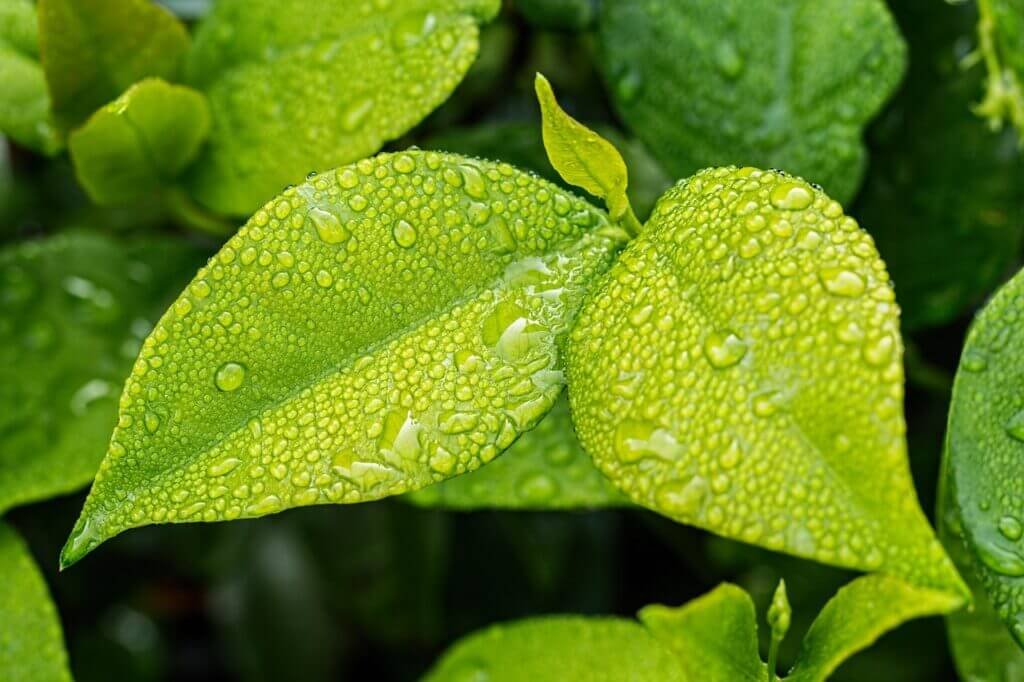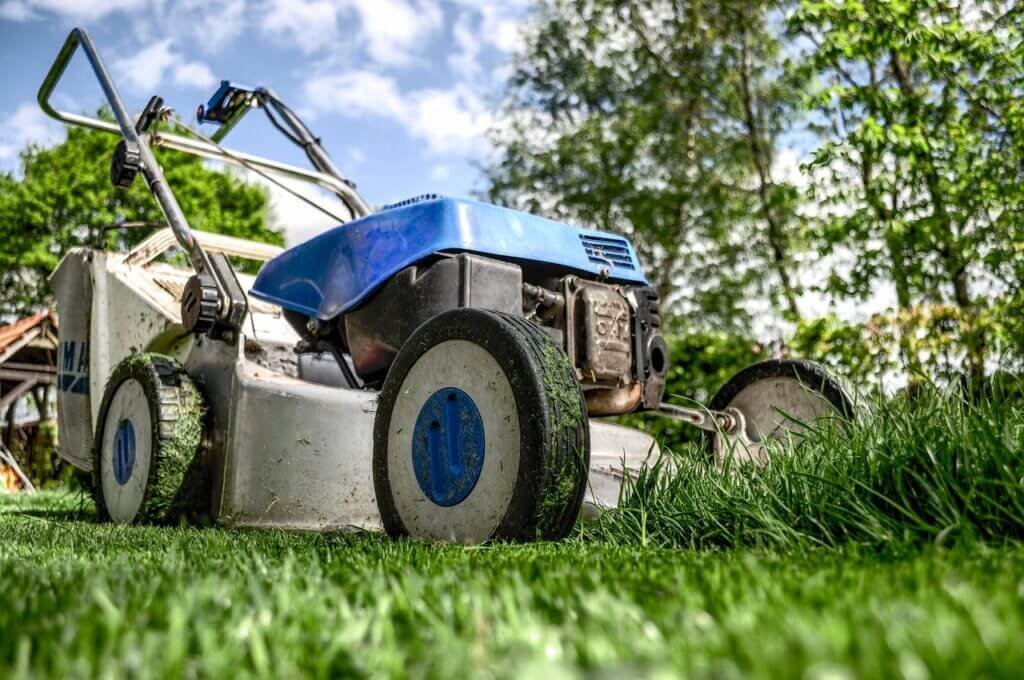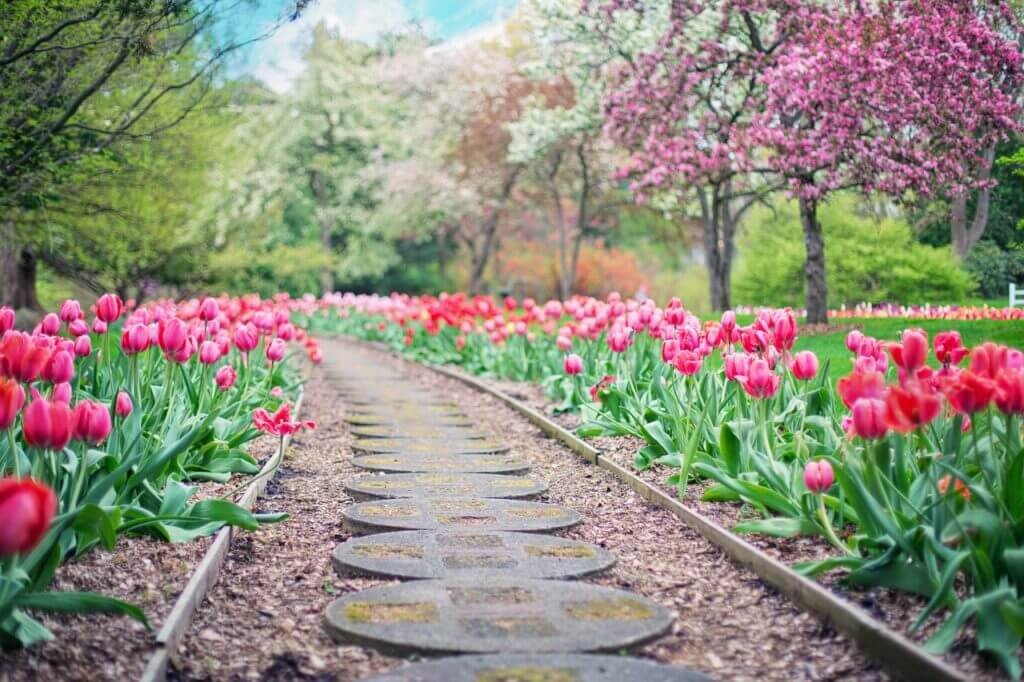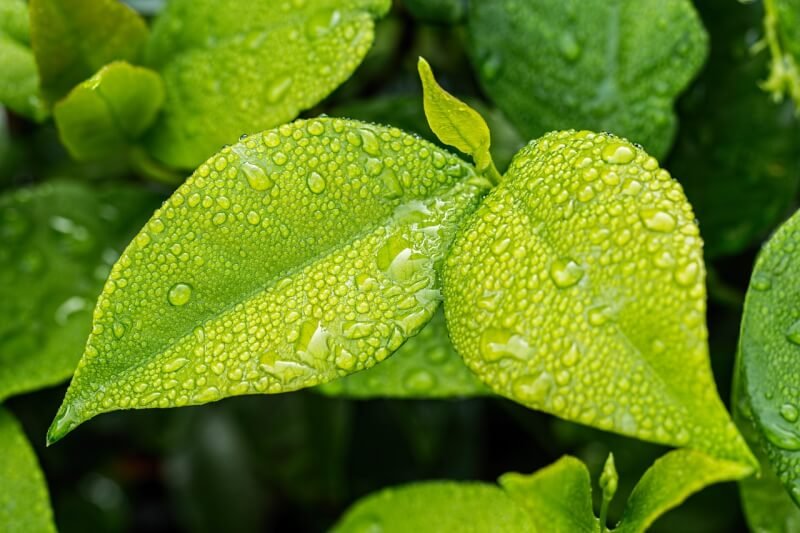Imagine walking through a vibrant city, surrounded by greenery and lush gardens tucked away in unexpected corners. Urban gardening has become a popular trend, providing city-dwellers with a much-needed escape into nature. But what exactly makes a successful urban garden design? In this article, we will explore the key elements that transform an ordinary urban space into a thriving garden oasis. From thoughtful layouts to clever use of space, discover the secrets to creating your own slice of paradise amidst the bustling cityscape. So let’s dive in and uncover the essentials of a successful urban garden design! A successful urban garden design incorporates various key elements that contribute to its overall functionality, beauty, and sustainability. From layout and design to community engagement, each aspect plays a vital role in creating a thriving and vibrant urban green space. In this article, we will explore the essential components of an urban garden design and how they contribute to the success of the project.

Layout and Design
Spatial Organization
Proper spatial organization is crucial in an urban garden design to maximize the use of limited space efficiently. It involves careful planning and arrangement of different garden zones, pathways, and focal points. By strategically placing plant beds, seating areas, and other elements, you can create a harmonious flow and make the most of the available area.
Zoning and Segmentation
Zoning and segmentation help create distinct areas within an urban garden, each serving a specific purpose. By dividing the garden into different zones such as relaxation, entertainment, and food production, you can easily cater to the various needs and activities of garden users. This segmentation allows for better organization and optimization of space.
Focal Points
Focal points are visually captivating elements that draw attention and create interest in an urban garden. They can be features like sculptures, water installations, or a stunning plant display. By incorporating focal points strategically, you can add depth and enhance the overall aesthetics of the garden.
Pathways and Access
Well-designed pathways are essential for easy movement and access within an urban garden. They should be wide enough to accommodate foot traffic and wheelchair accessibility. Thoughtfully designed paths can guide visitors through different garden areas, providing an enjoyable and immersive experience.
Plant Selection
Climate and Environmental Factors
When selecting plants for an urban garden, consideration of the local climate and environmental factors is crucial. Choose species that thrive in the specific conditions of the garden’s location, such as temperature, humidity, and sunlight exposure. By ensuring the suitability of the plants, you can promote their healthy growth and longevity.
Edible and Ornamental Plants
Integrating a mix of edible and ornamental plants adds both functionality and beauty to an urban garden. Edible plants provide fresh produce for the community, promoting food security and sustainability. Ornamental plants, on the other hand, enhance the visual appeal and aesthetic value of the garden.
Diverse Species and Wildlife Support
Including a diverse range of plant species in your urban garden promotes ecological balance and supports local wildlife. Native plants are particularly important as they provide food and shelter for native insects, birds, and other animals. By creating a habitat-friendly space, you can contribute to the conservation of biodiversity in urban areas.
Seasonal Variation
Consider planting a variety of plants that exhibit seasonal variations in color, texture, and flowering patterns. This adds visual interest and ensures that the garden remains vibrant throughout the year. By carefully selecting plants that shine in different seasons, you can create an ever-changing landscape that delights visitors.

Soil and Irrigation
Soil Quality and Nutrient Levels
The quality of soil is crucial for the health and growth of plants in an urban garden. Conducting soil tests and improving its nutrient levels, organic matter content, and pH ensures optimal plant growth. By amending the soil with compost or other organic materials, you can create a fertile environment for plants to thrive.
Drainage and Moisture Control
Proper drainage and moisture control are essential in preventing waterlogging or drought stress in plants. Adequate drainage systems should be in place to allow excess water to escape, avoiding root rot and other water-related issues. Additionally, incorporating moisture-retaining techniques like mulching helps conserve water and reduce irrigation needs.
Composting and Mulching
Composting is a sustainable practice that utilizes organic waste to create nutrient-rich soil amendments. By composting kitchen scraps, yard trimmings, and other plant waste, you can produce your own natural fertilizer. Mulching, on the other hand, helps retain moisture, suppress weed growth, and regulate soil temperature.
Water Conservation
In an urban garden, water conservation is of utmost importance. Implementing efficient irrigation systems, such as drip irrigation or rainwater harvesting, can significantly reduce water wastage. Using greywater or collected rainwater for irrigation minimizes reliance on municipal water sources and supports sustainable gardening practices.
Lighting and Sun Exposure
Sunlight Evaluation and Analysis
Assessing the available sunlight in your urban garden is crucial for determining the suitability of different plant species. Some plants thrive in full sun, while others require shade or partial shade. By understanding the sunlight conditions, you can select appropriate plants and create microclimates that provide the ideal growing conditions.
Shade Structures and Awnings
In areas where sunlight is limited or during the hot summer months, incorporating shade structures and awnings can protect the garden and its users from excessive sun exposure. These structures help create comfortable and cooler spaces for relaxation and outdoor activities, expanding the garden’s usability throughout the day.
Artificial and Accent Lighting
Strategically placed artificial lighting can extend the hours of enjoyment in an urban garden. It not only enhances the ambiance but also provides necessary illumination for evening gatherings or nighttime activities. Accent lighting highlights specific plants, focal points, or architectural features, adding a touch of drama to the garden design.
Seasonal Effects on Light
Consider how the changing seasons can affect the amount and quality of sunlight in your garden. Deciduous trees, for example, can provide shade during the hot summer months but allow ample sunlight during the winter. Understanding these seasonal effects allows for better planning and selection of suitable plants and lighting arrangements.

Vertical and Multi-level Gardening
Vertical Planting Techniques
Vertical gardening is an excellent way to maximize space in an urban garden. By utilizing walls, fences, or trellises, you can grow plants vertically, taking advantage of unused vertical surfaces. This technique is particularly useful when space is limited, allowing you to cultivate a wide range of plants without compromising ground space.
Climbing Structures and Trellises
Incorporating climbing structures and trellises in your urban garden not only adds visual interest but also provides support for climbing plants. These structures can be standalone features or integrated into existing walls or fences. They create a vertical element in the garden and help maximize the vertical growing space.
Containers and Hanging Baskets
Container gardening is a popular method in urban gardens, enabling plants to thrive even without direct access to the ground. By using suitable containers and hanging baskets, you can grow a variety of plants, including herbs, vegetables, and flowering plants, in limited spaces such as balconies or rooftops.
Roof and Balcony Gardens
Utilizing rooftops and balconies effectively extends the gardening possibilities in urban areas. Roof gardens provide insulation and rainwater retention benefits, while balcony gardens offer small, intimate spaces for gardening and relaxation. These multi-level gardens provide an opportunity to connect with nature even in dense urban environments.
Sustainable Practices
Rainwater Harvesting
Rainwater harvesting is a sustainable practice that promotes water conservation and reduces the strain on municipal water supplies. By collecting and storing rainwater, you can provide an independent and reliable water source for your urban garden. Rain barrels and underground collection systems are commonly used to capture rainwater for irrigation purposes.
Urban Agriculture and Food Security
Promoting urban agriculture and food security is an important goal for many urban garden designs. By cultivating edible plants, such as vegetables, fruits, and herbs, you can foster self-sufficiency and improve access to fresh, healthy produce for the local community. Urban agriculture also helps reduce food miles and the environmental impact of food production.
Compost and Waste Management
Implementing an effective composting system in your urban garden helps manage organic waste and reduces reliance on synthetic fertilizers. By composting kitchen scraps, garden trimmings, and other biodegradable materials, you can create nutrient-rich compost that nourishes the soil. This not only enhances plant growth but also minimizes waste sent to landfills.
Use of Recyclable Materials
Integrating recyclable materials into the design and construction of an urban garden promotes sustainability and responsible resource management. Use recycled materials for garden structures, furniture, and other features whenever possible. This reduces the demand for raw materials, minimizes waste, and supports the principles of a circular economy.
Pollinator and Wildlife Integration
Native Plants and Their Benefits
Native plants play a crucial role in supporting local pollinators and wildlife. They have evolved to complement the local ecosystem, providing food and habitat to native insects, birds, and other animals. By incorporating a variety of native plants in your urban garden, you can attract and support pollinators, contribute to biodiversity, and create a thriving ecosystem.
Providing Shelter and Water Sources
To create a welcoming environment for wildlife, it is essential to provide suitable shelter and water sources in your urban garden. Planting shrubs, trees, and dense vegetation offers hiding places and nesting sites for birds and small mammals. Incorporating birdbaths, small ponds, or water features provides a reliable water source for wildlife.
Bird and Bee-friendly Garden Design
Designing a bird and bee-friendly garden involves incorporating specific plants, water sources, and nesting materials to attract these beneficial creatures. Choose plants that provide nectar and pollen for bees and hummingbirds, and create habitat features like birdhouses and nesting boxes for birds. These interactions with wildlife add vibrancy and life to your urban garden.
Insect and Pollinator Support
Supporting insects and pollinators is vital for the overall health of an urban garden. Avoid using chemical pesticides that harm or disrupt these beneficial creatures. Instead, focus on promoting a diverse range of native plants, providing flowering plants throughout the year, and creating suitable habitats. Attracting pollinators improves plant fertility and enhances the biodiversity of the garden.
Maintenance and Management
Pruning and Trimming
Regular pruning and trimming are necessary for maintaining the health and appearance of plants in an urban garden. Proper pruning techniques help control plant size, shape, and promote better air circulation. By removing dead or diseased branches, you can prevent the spread of disease and ensure the overall vitality of the garden.
Weed and Pest Control
Addressing weed and pest control in an urban garden requires a holistic and environmentally friendly approach. Implementing preventive measures, such as mulching, proper irrigation, and maintaining healthy soil, can reduce weed growth. For pest control, explore natural solutions like companion planting, insectary plants, and beneficial insects, minimizing the need for chemical interventions.
Seasonal Care and Plant Rotation
Seasonal care ensures that the garden remains in prime condition year-round. This includes tasks like pruning, fertilizing, and protecting plants during extreme weather conditions. Additionally, practicing crop rotation in edible gardens helps maintain soil health and prevents the buildup of diseases or pests commonly associated with specific plant families.
Record-keeping and Garden Diaries
Maintaining records and keeping a garden diary is a useful practice for tracking the progress and changes in your urban garden over time. Take note of planting dates, growth patterns, plant health, and any particular observations. This documentation serves as a valuable resource for future planning and allows you to reflect on the evolution of your garden.
Community Engagement
Public Spaces and Gathering Areas
Urban gardens often serve as communal spaces, connecting people and fostering a sense of community. Designate areas within the garden for public use, such as seating areas, picnic spots, or outdoor classrooms. These gathering areas encourage social interaction, relaxation, and community engagement.
Educational Programs and Workshops
Engaging the community through educational programs and workshops is a fantastic way to promote sustainable gardening practices and environmental awareness. Offer gardening classes, workshops on composting, or nature-based activities that encourage community members to connect with the garden and learn valuable skills.
Community Events and Festivals
Hosting community events and festivals in your urban garden brings people together and highlights the beauty and importance of green spaces in urban environments. Organize plant exchanges, garden tours, or seasonal celebrations that showcase the garden’s attributes and create a positive and inclusive environment for all.
Collaborative Design and Planning
Encouraging community involvement in the design and planning of your urban garden is essential for fostering ownership and long-term sustainability. Seek input from the community through surveys, workshops, or meetings to understand their needs and preferences. Collaborative decision-making creates a garden that reflects the desires and values of the local community.
Aesthetics and Artistic Features
Color and Texture
Color and texture play a vital role in creating a visually appealing urban garden design. Select plants with varying leaf textures and vibrant flower colors to add depth and visual interest. Consider using contrasting colors or complementary color schemes to create focal points and harmonious combinations.
Sculptures and Art Installations
Incorporating sculptures or art installations adds a unique and artistic dimension to an urban garden. These pieces can serve as focal points or surprises tucked among the greenery, encouraging visitors to explore and engage with the space in a creative way. Artistic features contribute to the overall aesthetic beauty and provide a source of inspiration for garden users.
Water Features and Ponds
Water features, such as fountains or small ponds, bring a tranquil and soothing element to an urban garden. The sound of flowing water adds ambiance and masks urban noise. Additionally, water features provide a habitat for aquatic plants, insects, and small wildlife, further enhancing the ecological value of the garden.
Creative Use of Space
Creative use of space involves thinking outside the box to optimize the functionality and aesthetics of an urban garden. Utilize vertical space for hanging plants, create raised beds or movable containers for flexible gardening options, and repurpose salvaged materials for unique design features. By embracing innovative solutions, you can make the most of limited space and add an element of surprise to the garden.
In conclusion, a successful urban garden design encompasses a wide range of elements that contribute to its functionality, beauty, and sustainability. From careful spatial organization to thoughtful plant selection, efficient use of resources, community engagement, and artistic features, each component plays a crucial role in creating a vibrant and thriving urban green space. By considering these key elements and implementing sustainable practices, you can transform any urban area into an oasis that benefits both the environment and the local community.


